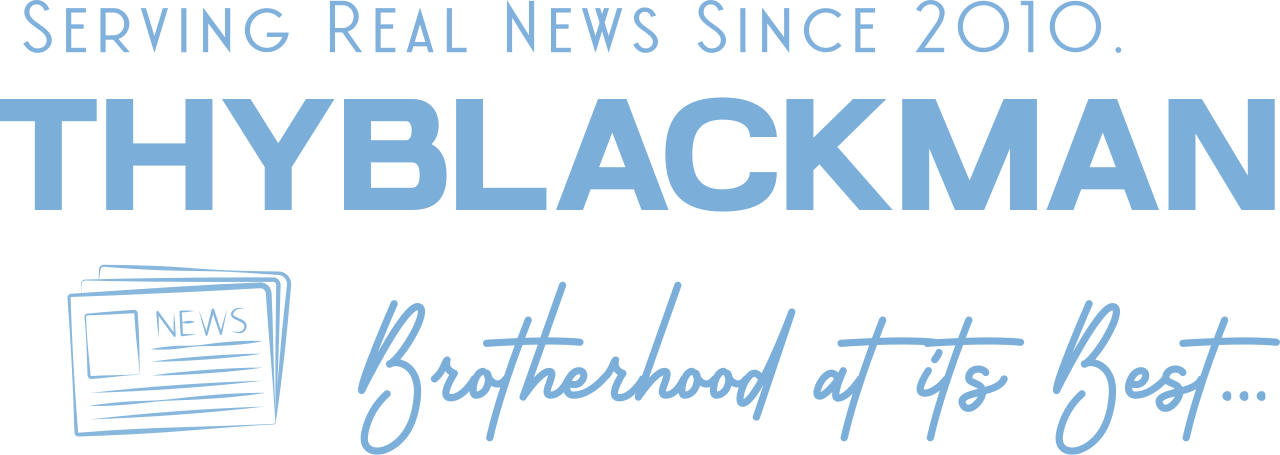(ThyBlackMan.com) Businesses, be it of any size or type, are always at risk of liquidity, credit, or other market challenges. How does implementing risk management mechanisms in modern treasury functions help navigate them?
To ensure that they are meeting all their operational requirements and maintaining adequate reserves while generating better returns, businesses need a highly efficient treasury system. However, no matter how well-designed the mechanism is, it will always remain susceptible to volatility, market fluctuations, economic downturns, liquidity challenges, and more. The only way businesses can align their treasury functions to mitigate these roadblocks best is to have robustly built risk management in place. Why is it important for modern treasury functions? And what tools can you use for effective risk management? This blog has got you covered.

Six Reasons Why Risk Management is Important in Modern Treasury Functions
Here are six reasons why businesses must double down on risk management and streamline their treasury functions.
* Enhanced financial visibility
Businesses can achieve real-time tracking of bank balances and cash positions across all locations, enabling the quick identification of liquidity risks. This can be further improved by comprehensive data integration, as automated cash management pulls data from various sources, providing a holistic view of cash flows.
* Proactive risk identification
Treasury risk management software features like cash forecasting facilitate scenario analysis, allowing users to create and compare scenarios to anticipate potential cash shortfalls or surpluses. Additionally, variance tracking provides performance analysis against actual cash flows, highlighting discrepancies and enabling timely strategy adjustments.
* Improved decision-making
Automated daily cash flow forecasts ensure reliable predictions, empowering businesses to make informed borrowing and investing decisions while minimizing dependence on low-accuracy monthly forecasts. Additionally, scenario planning allows users to simulate various financial situations, enabling them to assess the impact of different business decisions on cash flow.
* Operational efficiency
The transition from manual tracking to automated cash management significantly reduces time spent on routine tasks, enabling teams to concentrate on strategic risk assessment. Additionally, faster data processing and real-time insights enhance operational efficiency through streamlined reporting, driving overall productivity.
* Regulatory compliance
Risk management helps businesses ensure adherence to financial regulations by supporting standard banking formats and providing traceable records. A good treasury and risk management system will also assist in establishing compliance along with robust risk mitigation strategies, thereby navigating regulatory challenges effectively and minimizing the likelihood of compliance breaches.
* Strategic cash optimization
Effective cash flow management is one of the crucial elements of a good risk mitigation framework. It enhances informed investment decisions by providing better visibility and accurate forecasts, allowing organizations to optimize cash reserves for strategic initiatives. Coupled with robust risk management strategies, this approach helps maintain optimal liquidity levels, significantly reducing the likelihood of a cash flow crisis.
Tools of Financial Risk Management
Financial risk management tools encompass the systems and processes that a business implements to detect and quantify different financial risks.
* Risk assessment models for accurate forecasting
Risk assessment models enable businesses to quantify potential losses resulting from market fluctuations. By employing statistical techniques, these tools analyze historical data and simulate various scenarios, allowing organizations to evaluate the effects of market movements on their financial assets and cash flow.
* Liquidity risk management
Liquidity risks arise when a company cannot fulfill its short-term financial obligations. Effective liquidity risk management streamlines cash flows and working capital while monitoring available reserves. Automated cash management solutions enhance this process by offering features such as daily cash positioning and cash reconciliation, supporting robust liquidity management.
* Credit risk management
Credit risk management focuses on assessing and managing the risk of default from vendors or customers. It uses methods like credit scoring and derivatives to evaluate creditworthiness and minimize risk exposure. AI forecasting for accounts receivable (AR) and accounts payable (AP) helps businesses gain clear insights into cash flows related to these transactions.
* Diversification of investments
Businesses should avoid putting all their investments in one place. Diversifying portfolios across various assets and markets reduces risk and enhances returns. To maximize the benefits of diversification, companies can utilize automated financial instrument management for both fixed and floating rates.
* Internal controls
It involves verifying compliance with policies, procedures, and internal audits to monitor and manage financial risks related to operations and reporting. Challenges to regulatory compliance often arise from errors and anomalies in transactions that go unnoticed.
* Enterprise risk management (ERM)
It refers to a holistic approach that integrates all aspects of risk management across an organization. It helps businesses systematically analyze various internal and external factors posing threats and make informed decisions. It includes fostering a risk-aware organization that seamlessly navigates contingencies.
Mitigate Financial Risks With Treasury and Risk Management Software
One of the core challenges of financial risk mitigation is manual data gathering. We have heard so many businesses complain about so much time being spent on gathering data and information to prepare cash forecasts while aligning with multiple time horizons. Moreover, forecasts that age beyond 30 days often become inaccurate. Businesses need a simple and automated cash flow management and forecasting process that improves the team’s time and efficiency.
The right treasury risk management software will help you compare scenarios, manage debt/investment, and forecast with confidence. The right treasury management tools provide businesses capabilities for effective cash management and cash flow forecasting. This helps businesses manage and mitigate credit and liquidity risk with increased forecasting accuracy and enhanced efficiency in handling cash.
Staff Writer; Jason Brown
















Leave a Reply